I love being a Tortoise owner. My little Shelly (yes I know how unoriginal that name is) is a source of much entertainment and fun, so in return, I make sure she gets a lot of good quality tortoise enrichment with good quality tortoise food, toys and bedding. But the other day someone put a rather unusual tortoise on a Facebook group that I follow and it got me wondering what other rare, strange and unusual Tortoises there are from around the world. It seems there are lots of different shapes and colours with these ten being the strangest and rarest of them all.
Pancake Tortoise (Malacochersus tornieri)
The pancake tortoise is a species of flat-shelled tortoise in the family Testudinidae. The species is native to Tanzania and Kenya. Its common name refers to the flat shape of its shell of course.
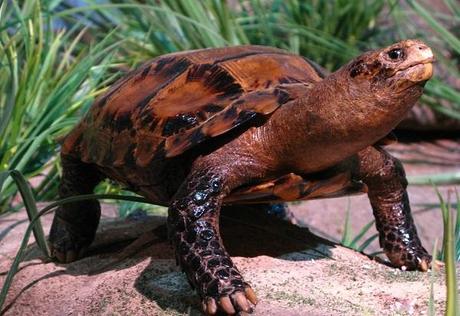
Impressed Tortoise (Manouria impressa)
The impressed tortoise lives at high elevations, up to 2,000 m (6,600 ft). Its behavior is little known due to the small known population. Its diet in the wild mostly consists of largely of mushrooms, although bamboo shoots are also eaten. The species is known for being difficult to keep alive in captivity, but only because not much is known about it.
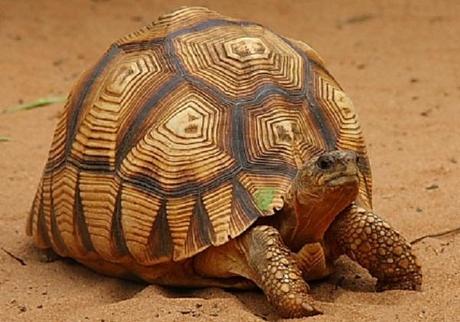
Ploughshare Tortoise (Astrochelys yniphora)
The Angonoka tortoise is sadly a critically endangered species of tortoise that is severely threatened by poaching for the illegal pet trade. A captive-breeding facility was established in 1986 by the Jersey Wildlife Preservation Trust with conservation plans that involved local communities making firebreaks, along with the creation of a park to protect the tortoise and the forests.

The Speckled Tortoise (Chersobius signatus)
This is officially the world’s smallest species of tortoise and is commonly known as the speckled tortoise. They are most active in the early morning and live among the rocky outcrops as they mostly feed on small succulents which grow between the rocks of which only they are small enough to reach.
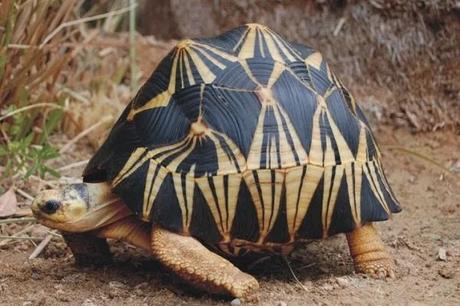
Radiated Tortoise (Astrochelys radiata)
The carapace of the radiated tortoise is brilliantly marked with yellow lines radiating from the center of each dark plate of the shell, hence its name. The oldest radiated tortoise ever recorded with certainty was Tu’i Malila, which died at an estimated age of 188!
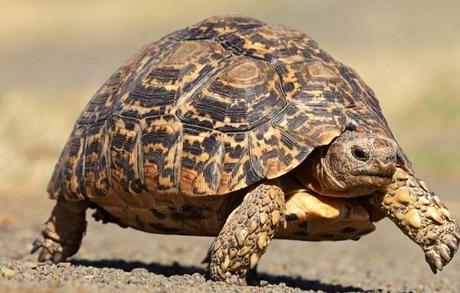
Leopard Tortoise (Stigmochelys pardalis)
The leopard tortoise is a large and attractively marked tortoise found in the savannas of eastern and southern Africa, from Sudan to the southern Cape. It is the only member of the genus Stigmochelys, although, in the past, it was commonly placed in Geochelone. You can find out a bit more about this species here – https://a-z-animals.com/animals/leopard-tortoise/
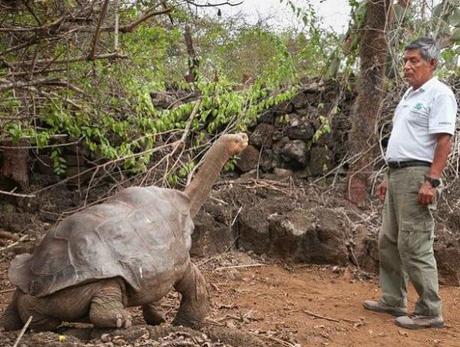
Pinta Island Tortoise (Chelonoidis abingdonii)
The species was described by Albert Günther in 1877 after specimens arrived in London. By the end of the 19th century, most of the Pinta Island tortoises had been wiped out due to hunting. However, some have now been found and shown to be a direct descendant of the tortoise you see in this picture who was called Lonesome George (because he was thought to be the last one).
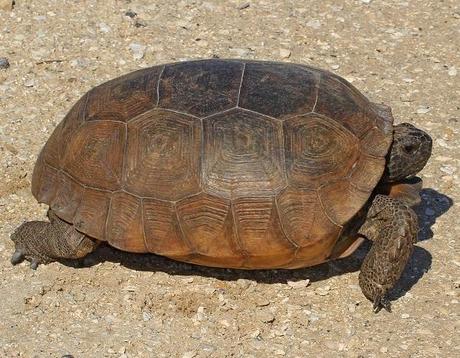
Gopher Tortoise (Gopherus polyphemus)
The species is native to the southeastern United States and is known to be what is called a ‘keystone species‘ this is because it digs burrows to provide itself with shelter, but that said shelter is also used by at least 360 other animal species! Talk about a room full!
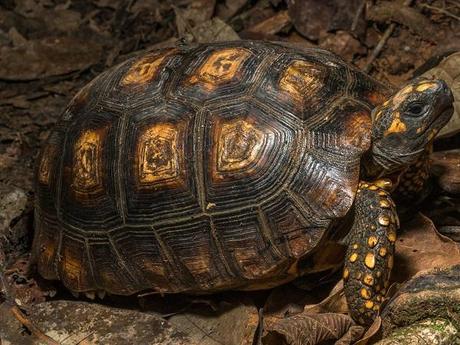
Yellow-Footed Tortoise (Chelonoidis denticulatus)
Also known as the Brazilian giant tortoise as this is the sixth-largest tortoise species on Earth (with the Galapagos tortoise being the biggest). They closely resemble the red-footed tortoise and it can sometimes be difficult to tell them apart.
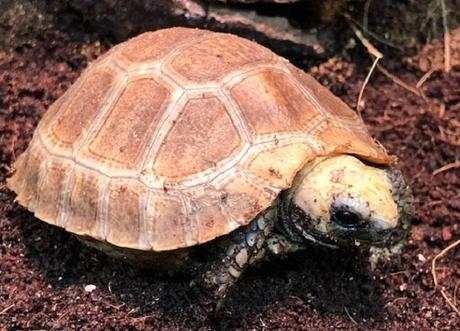
Elongated Tortoise (Indotestudo elongata)
The shell of the elongated tortoise is considerably depressed, more than twice as long as deep, with a flat vertebral region that is strongly serrated in young tortoises, but more together in older ones. Sadly the elongated tortoise is a critically endangered species and is in severe decline across its natural range. You can find out more about this tortoise here – https://reptilerapture.net/elongated-tortoise-caresheet.html
Do you own a tortoise? If you do I would love to hear from you in the comments below so we can talk about pet life in the slow lane.


